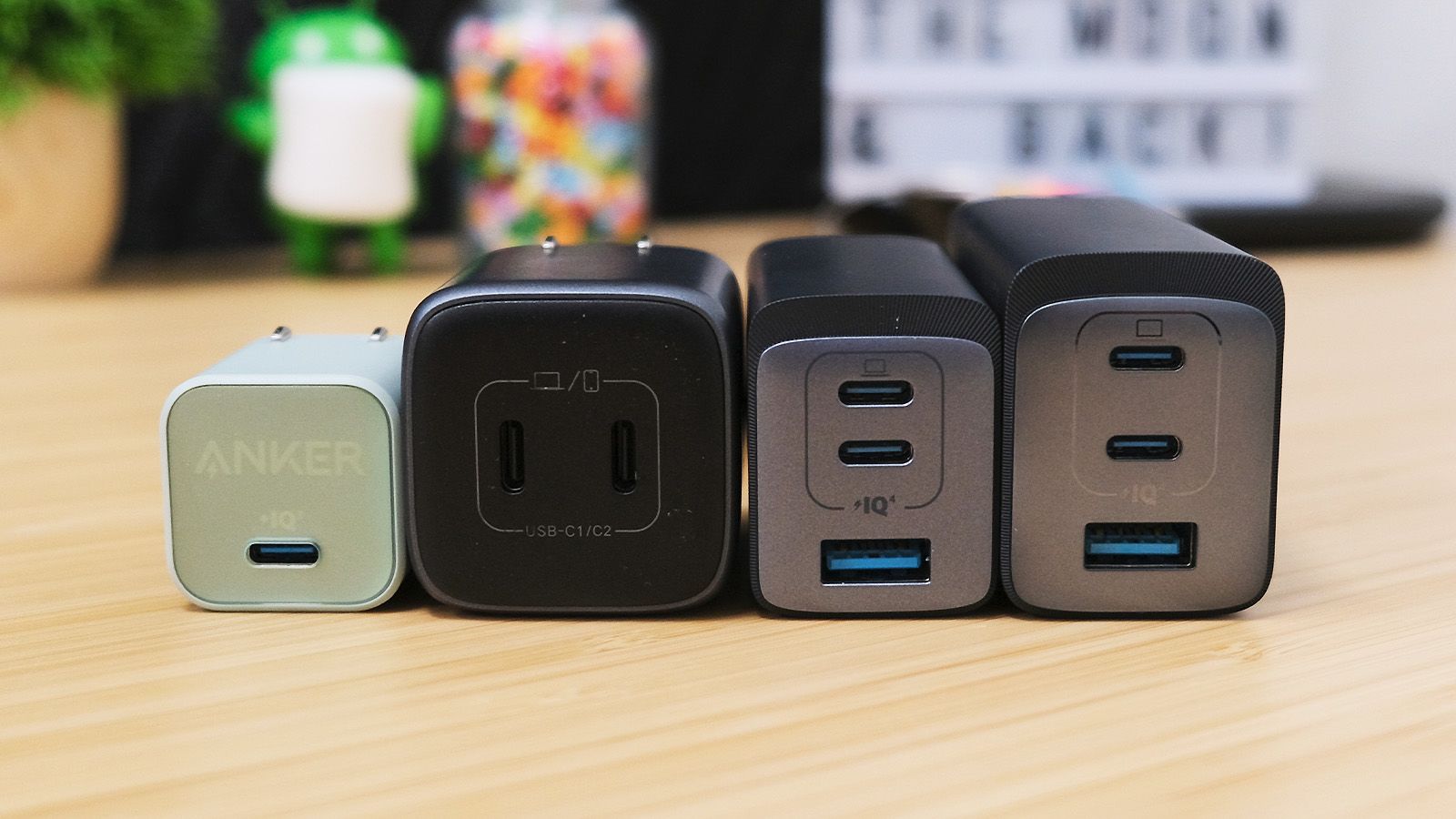
Understanding Your Device's Power Requirements
Before exploring chargers, understanding your device's power needs is crucial. Most smartphones typically charge between 18 to 80 watts. High-end devices like the OnePlus 10T support up to 120 watts of fast charging. This information can usually be found on your device's specification sheet or manual.
Charging Protocols and Standards
Different manufacturers use various charging protocols and standards:
Samsung
Samsung uses USB Power Delivery (PD) with Programmable Power Supply (PPS), allowing fast charging up to 45 watts.
OPPO
OPPO employs proprietary SuperVOOC technology, which only works with OPPO's first-party chargers.
Google Pixel
Google Pixel devices support up to 20 watts of fast charging via USB PD. Understanding these protocols helps determine which charger to use.
Choosing the Right Charger
Selecting the right charger involves considering several factors:
Power Output
Ensure the charger supplies the required power output for your device. For example, a Samsung Galaxy S23 Ultra supporting up to 45 watts of fast charging needs a charger delivering at least 45 watts.
Charging Protocol
Check if the charger supports the specific charging protocol used by your device. For instance, OPPO devices require OPPO-branded chargers to reach full advertised speeds.
Multi-Port Chargers
If charging multiple devices simultaneously, look for a multi-port charger handling the combined power requirements. For example, the Anker 735 can output 65 watts and has two USB-C ports, ideal for charging a laptop and a smartphone at the same time.
Gallium Nitride (GaN) Chargers
Newer chargers often use GaN technology, which is more efficient and compact compared to traditional silicon-based chargers. These chargers are ideal for travelers due to their smaller size and higher power output.
Brand Compatibility
Some devices require first-party chargers to achieve optimal charging speeds. For example, Xiaomi or OnePlus devices need first-party chargers to reach full advertised speeds.
Recommended Chargers
Here are some recommended chargers catering to different requirements:
Anker 313 Charger
- Supports up to 45 watts of power
- Compatible with Samsung's 45W Super Fast Charging technology
- Supports USB PD, PPS, and QuickCharge protocols
- Suitable for a wide range of devices including Google Pixel phones and iPhones
Anker 735 Charger
- Multi-port charger outputting 65 watts
- Features two USB-C ports and one USB-A port
- Perfect for charging multiple devices simultaneously, including laptops and tablets
- Compact design and high power output
Samsung 45W Power Adapter
- Specifically designed for Galaxy S-series phones
- Supports PPS charging technology
- Compatible with other devices using USB PD standards, including Google Pixel phones and iPhones
Nekteck 65W USB-C Charger
- Budget-friendly option supporting up to 65 watts of power
- Single port
- Does not support Samsung's fast-charging technology, which may limit performance with certain devices
Belkin BoostCharge Dual USB-C PD GaN Wall Charger
- Versatile option outputting up to 68 watts of power
- Features two ports: one limited to 20 watts, the other can output between 50 to 60 watts
- Ideal for users needing a high-power charger with multiple ports
Spigen ArcStation Pro GaN 652 Dual Port Wall Charger
- Multi-port charger outputting up to 65 watts per port
- When used with two devices, provides 40 watts from one port and 25 watts from the other
- Compact but does not fold down for easy travel
Nomad 65W Power Adapter
- Compact charger featuring two ports for a total output of 65 watts
- Top port can output the full 65 watts when used alone, while the bottom port can provide up to 20 watts
- Ideal for users needing a high-power charger in a compact design
Wireless Charging Options
Wireless chargers offer convenience by eliminating the need for cables but generally charge devices at slower speeds compared to wired chargers. For instance, the best wireless chargers in 2024 often support up to 15 watts of power, significantly lower than the 45 watts supported by some wired chargers.
Portable Power Banks
Portable power banks are essential accessories for maintaining your device's battery life on the go. These power banks come in various capacities and often feature built-in USB-C connectors for fast charging. For example, the InfinityLab InstaGo 5000 is a popular power bank featuring a built-in USB-C connector, charging Android devices quickly.
Final Thoughts
Choosing the right charger for your Android device involves understanding power requirements, supported charging protocols, and charger compatibility. By considering these factors and selecting a charger matching your needs, you can ensure optimal charging speeds and extend your device's life. Whether opting for a multi-port charger like the Anker 735 or a high-power charger like the Samsung 45W Power Adapter, there is a charger out there meeting your specific needs.
